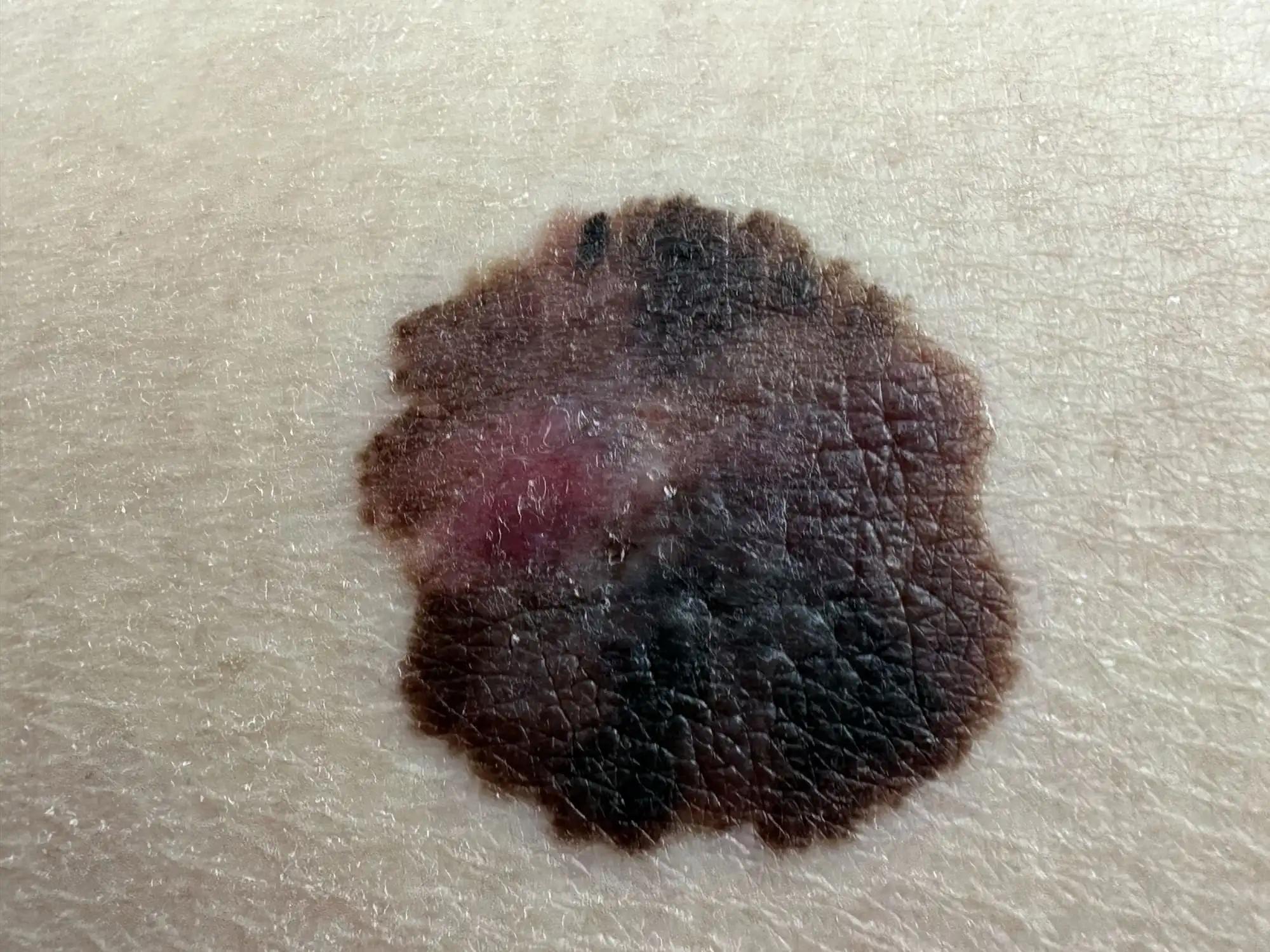KEY TAKEAWAYS
- Phase 3 CheckMate 067 (RCTs) of nivolumab, ipilimumab, and their combinations evaluated for advanced melanoma.
- (PFS),(TNT) and (ORR) were examined as potential SEs for OS in 1L advanced melanoma by pooling patient-level data from four RCTs (CheckMate 066, 067, 069, and 511).
- ORR was strongly correlated with OS at the (IL), whereas PFS and TNT showed a moderate correlation with OS.
- All SEs were moderately correlated with OS at the (TL), and removing CheckMate 069 from the analyses strengthened TL-correlations for all SEs.
- All candidate SEs can assist predictions for OS benefits of immunotherapy with a range of uncertainty depending on BRAF status and subsequent treatment patterns.
Significant gains in OS have resulted from the use of ICIs in the treatment of advanced melanoma. Although mature OS data requires a long period of follow-up, reliable SEs for OS can facilitate the earlier evaluation of randomized controlled trials(RCTs) of ICIs. Patient-level data from 4 randomized controlled trials (CheckMate [CM] 066, 067, 069, and 511) of nivolumab, ipilimumab, and its combinations were pooled to evaluate progression-free survival( PFS), time-to-next treatment (TNT), and ORR as possible SEs for( OS) in 1L advanced melanoma. Individual-level (IL) correlation measures were calculated using copula models; they included rank correlation coefficients for PFS and TNT as well as an odds ratio (OR) for survival attributable to the presence of an objective response. Treatment effects on SEs and OS were assessed by regression, and a surrogacy equation and coefficient of determination (R2) were calculated to determine the trial-level (TL)-correlation. All (n=1865) patients from the RCTs were included in the primary analyses.
Because of differences in subsequent systemic therapy and ICI use between the arms of this trial, the data were examined for sensitivity with respect to BRAF status and CM 069 elimination. A high association was seen between ORR and OS at the IL, while PFS and TNT exhibited only a minor correlation. At the TL, all SEs had moderate correlations with OS (Table). However, removing CM 069 from the analysis had a far larger impact on TL-correlations for all SEs (R2 ≥ 0.87 with significantly narrower 95% CIs for all SEs) compared to IL-correlations ( ≤ 0.01 change in ρ and τ, 4.5% change in the OR). The BRAF status did not affect the strength of the IL-correlations, while the TL-correlations were somewhat more robust in the BRAF wild-type group. All possible SEs have a range of uncertainty depending on BRAF status and subsequent treatment patterns, but all have a moderate to significant connection to OS on both levels.
Source: https://oncologypro.esmo.org/meeting-resources/esmo-congress/investigating-surrogate-endpoints-se-for-overall-survival-os-in-first-line-1l-advanced-melanoma-a-pooled-analysis-of-immune-checkpoint-inhib
Clinical Trial: https://clinicaltrials.gov/ct2/show/NCT01844505
J. Larkin, P. Squifflet, E.D. Saad, P. Mohr, M. Kurt, A. Moshyk, M. Hamilton, S. Kotapati, M.E. Buyse/816P – Investigating surrogate endpoints (SE) for overall survival (OS) in first-line (1L) advanced melanoma: A pooled-analysis of immune checkpoint inhibitor (ICI) trials/Annals of Oncology (2022) 33 (suppl_7): S356-S409. 10.1016/annonc/annonc1059



